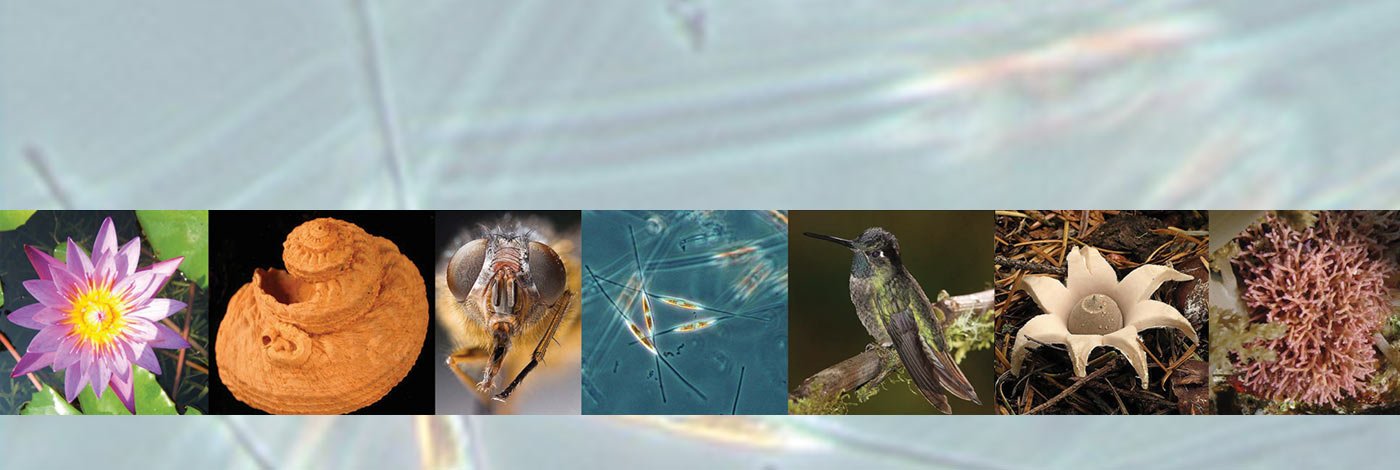
 European Journal of Taxonomy
2014 (94) - Pages 1-12 (EJT-94)
European Journal of Taxonomy
2014 (94) - Pages 1-12 (EJT-94)Rhaptothyreus is arguably the most enigmatic nematode taxon due to a combination of unusual morphological features (e.g., large feather-like amphids, vestigial mouth, trophosome, single spicule), unclear phylogenetic relationships (possible affinities with the Enoplida, Mermithida and Benthimermithida) and a distribution restricted to the deep sea. Here I provide the first record of the genus in the Western Pacific Ocean and describe new morphological features of a moulting juvenile. This specimen is characterised by features that differ markedly from the adults, the most prominent being the absence of cephalic sensillae and amphids and presence of a stylet-like structure in the buccal cavity. Similar contrasts in morphology are found between adults and juveniles of the order Benthimermithida, which is characterised by free-living adults and parasitic juveniles. Other morphological (large body size, presence of trophosome) and distributional characteristics (predominantly deep-sea distribution, juveniles rare/absent in sediments) are also common to both groups. Published records show that Rhaptothyreus is commonly found in oligotrophic environments (e.g., abyssal plain) where organisms bearing symbiotic bacteria are not typically found, which makes the presence of endosymbiotic bacteria inside the trophosome unlikely. These observations are consistent with the existence of a parasitic juvenile life stage in Rhaptothyreus.
Bentimermithida, continental slope, ontogeny, Rhaptothyreus typicus, Southwest Pacific.